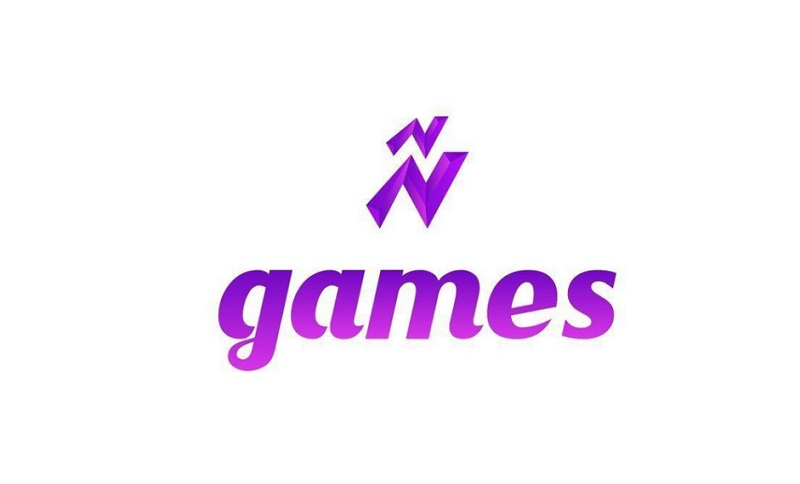Understanding player behavior and motivation in online color prediction games is crucial for game developers and operators to enhance user engagement, retention, and satisfaction. Here’s an in-depth look at the factors driving player behavior and motivation:
1. Psychological Motivations
Thrill and Excitement:
- Risk and Reward: The prospect of winning rewards, despite the inherent risk, generates excitement and adrenaline, which motivates players to participate.
- Immediate Gratification: Quick outcomes and instant feedback in color prediction games provide immediate gratification, appealing to players’ desire for instant rewards.
Challenge and Skill:
- Perceived Control: While color prediction games are largely chance-based, players may believe they can develop strategies or skills to improve their chances of winning.
- Cognitive Engagement: The game’s simplicity coupled with the challenge of making predictions keeps players cognitively engaged.
Escapism and Entertainment:
- Distraction: These games offer a distraction from daily routines and stress, providing a form of mental relaxation and entertainment.
- Immersive Experience: Visually appealing graphics and interactive elements enhance the immersive experience, making the game more enjoyable.
2. Social Motivations
Competition and Achievement:
- Leader boards: Competing against others and seeing their names on leader boards drives players to perform better and achieve higher rankings.
- Social Recognition: Achievements and high scores can be shared on social media, providing social recognition and validation.
Community and Interaction:
- Multiplayer Modes: Engaging with other players in multiplayer modes fosters a sense of community and social interaction.
- Forums and Chat Rooms: In-game forums and chat rooms allow players to share tips, strategies, and experiences, enhancing the social aspect of the game.
3. Economic Motivations
Financial Incentives:
- Monetary Rewards: The potential to win real money is a strong motivator for many players, particularly in games with cash prizes.
- Cost-Benefit Analysis: Players weigh the cost of participating (e.g., entry fees) against the potential rewards, influencing their decision to play.
Promotions and Bonuses:
- Incentives: Bonuses, promotions, and loyalty programs attract and retain players by providing additional value and rewards.
- Free Trials: Offering free trials or initial credits can entice new players to try the game without financial risk.
4. Behavioral Patterns
Frequency and Duration:
- Regular Play: Many players establish routines, playing at specific times of the day or week.
- Session Length: The length of each gaming session varies, with some players engaging in short bursts and others playing for extended periods.
Spending Behavior:
- In-Game Purchases: Players may spend money on in-game purchases such as additional credits, power-ups, or special features.
- Betting Patterns: Understanding betting patterns helps operators identify high-risk players and develop responsible gaming practices.
5. Influence of Game Design
User Interface and Experience:
- Intuitive Design: A user-friendly interface with intuitive controls enhances the overall gaming experience, making it easier for players to engage.
- Visual Appeal: High-quality graphics and animations attract players and keep them engaged.
Game Mechanics:
- Reward Systems: Well-designed reward systems that offer frequent, small wins in addition to larger, less frequent jackpots keep players motivated.
- Progression: Features such as levels, milestones, and achievements provide a sense of progression and long-term goals.
6. Impact of External Factors
Marketing and Advertising:
- Targeted Campaigns: Effective marketing campaigns that highlight the game’s features, rewards, and social aspects attract new players and retain existing ones.
- Celebrity Endorsements: Endorsements by celebrities or influencers can increase the game’s appeal and credibility.
Economic Environment:
- Discretionary Income: Players’ willingness to spend on games is influenced by their discretionary income and overall economic conditions.
- Cultural Factors: Cultural attitudes towards gambling and online gaming can impact player behavior and motivation.
Conclusion
Player behavior and motivation in online color prediction games on nn games app are influenced by a complex interplay of psychological, social, economic, and external factors. By understanding these motivations and behaviors, game developers and operators can create more engaging, rewarding, and responsible gaming experiences. This insight helps in designing games that not only attract and retain players but also promote fair play and responsible gaming practices.


